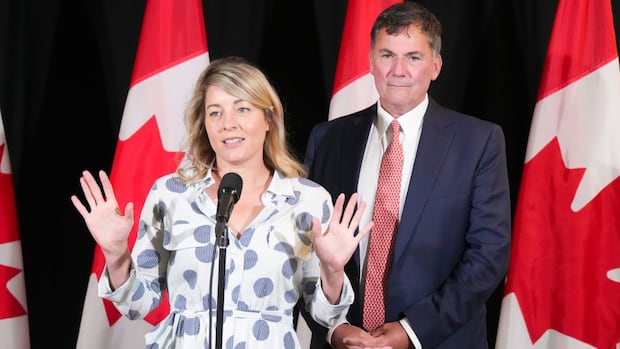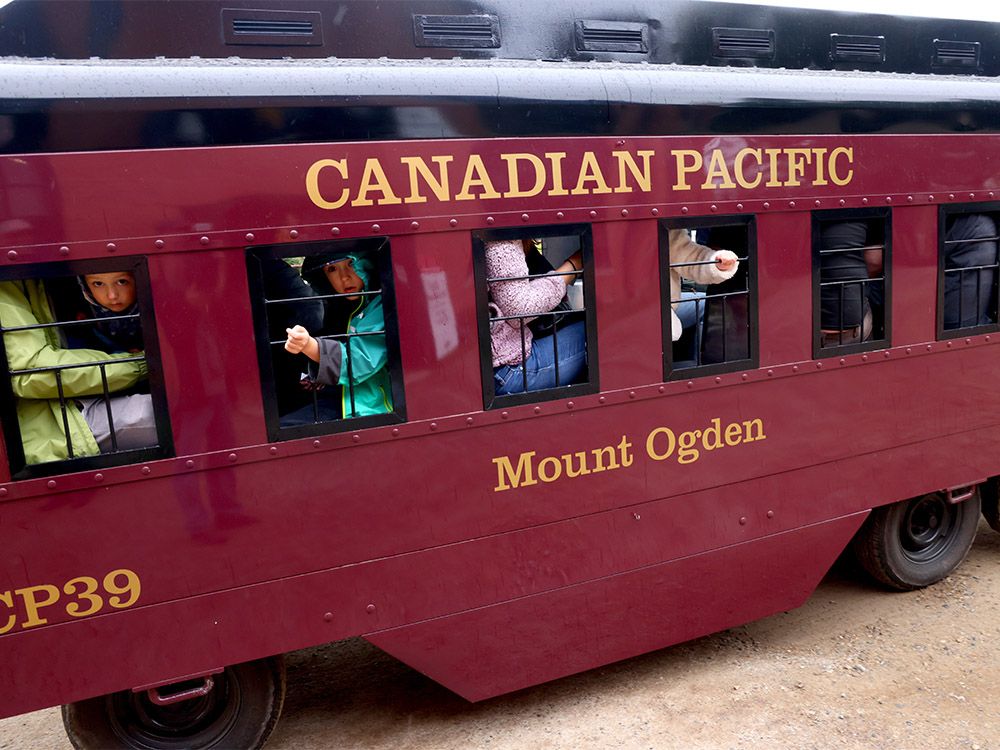Your Canadian election questions answered, and what comes next

After a five-week sprint campaign, more than 19.5 million Canadians cast their ballots in the 2025 federal election, ultimately choosing to elect a Liberal minority government led by Mark Carney. But what does this mean for Parliament and what comes next for Conservative Leader Pierre Poilievre and the NDP? Here’s everything you need to know.
What is a minority government?
A minority government occurs when no party secures more than 50 per cent of the seats in the House of Commons. In this case, the Liberals won 169 seats, falling short of the 172 seats needed for a majority in the 343-seat House. This means the Liberals will need the support of at least one other party to pass legislation.
The Bloc Québécois, with 22 seats, or the New Democrats, with seven seats, could potentially provide the necessary support for the Liberals. While the Conservatives, with 144 seats, could also align with the Liberals on certain issues, they may be less inclined to support the government consistently.
In the previous minority government, the NDP supported the Liberals in exchange for commitments on their priorities. However, the NDP recently ended this agreement and has not committed to a new one. Bloc Québécois Leader Yves-François Blanchet has expressed a desire for collaboration with the Liberals, signaling a potential truce on certain contentious issues.
Could NDP MPs cross the floor?
While MPs are typically affiliated with a party, they have the freedom to switch their allegiance at any time, known as “crossing the floor.” Since the Liberals are close to a majority, they could potentially invite NDP MPs to join their ranks.
NDP MP-elect Jenny Kwan expressed openness to collaboration but affirmed her loyalty to the NDP. With the NDP losing party status due to only seven elected members, it will be more challenging for them to have their voices heard in the House.
Poilievre lost his seat. What happens to him?
In a surprising turn, Conservative Leader Pierre Poilievre lost his seat in Carleton. While he remains the leader of the Conservative Party of Canada, he cannot serve as the leader of the Opposition without a seat in the House. The Conservative caucus may choose an interim leader who could allow Poilievre to stay in the official residence for the Opposition leader.
What comes next for Carney?
After a decisive victory, Prime Minister Mark Carney faces the task of forming a cabinet, drafting a throne speech to outline government priorities, and passing a budget. These key items are considered confidence votes and will require support from the Bloc or NDP to proceed.
Carney’s immediate priorities include negotiations with U.S. President Donald Trump and addressing interprovincial trade barriers. A meeting between Carney and Trump is expected, as the two countries have agreed to begin talks on a new economic and security deal.
In conclusion, the 2025 federal election has set the stage for a dynamic period in Canadian politics, with a minority government, shifting party dynamics, and crucial negotiations on the horizon. Stay tuned for further developments as Parliament reconvenes and key decisions are made.




